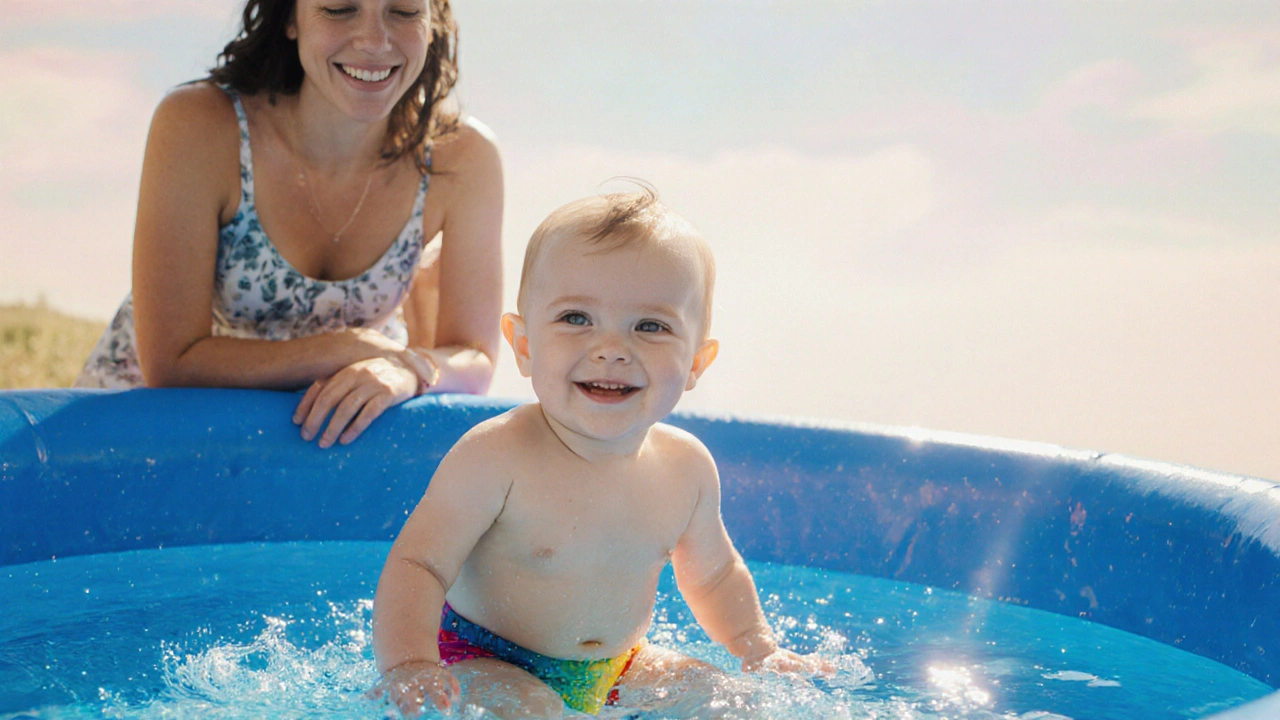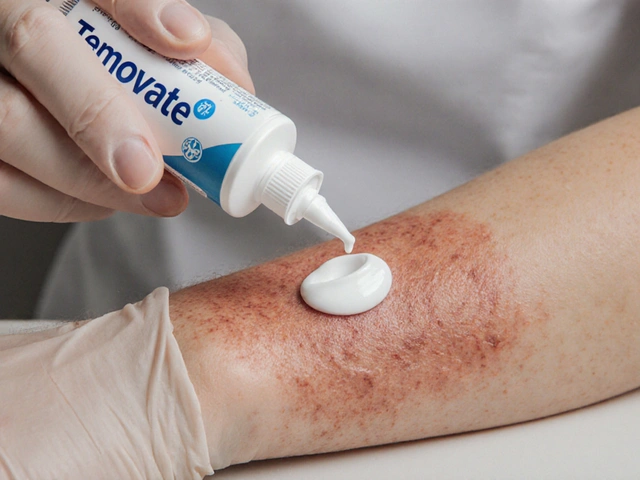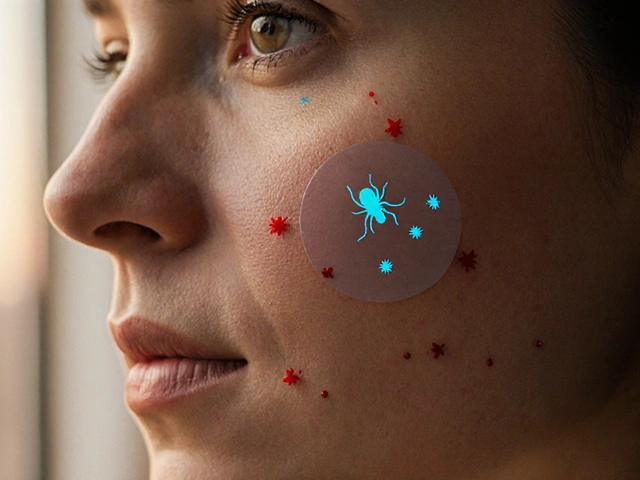Diaper Rash Prevention: Simple Tips for Happy, Healthy Babies
When working with diaper rash prevention, the practice of keeping a baby's skin free from irritation caused by prolonged moisture and friction. Also known as diaper dermatitis prevention, it involves a handful of everyday habits that anyone can adopt. Diaper rash, a common inflammatory reaction on a baby's buttocks and groin area often signals that one of those habits needs a tweak. Effective baby skin care, gentle cleansing and moisturizing routines tailored for infants forms the foundation, while the right barrier cream, protective ointment that locks out moisture and a suitable diaper type, the material and fit of the diaper itself complete the picture. Below you'll see how these pieces fit together to stop a rash before it starts.
Key Steps to Stop Diaper Rash Before It Starts
The first line of defense is choosing the right diaper type. Breathable cotton or modern super‑absorbent disposable diapers that pull moisture away from the skin can dramatically lower rash risk. Look for a snug but not tight fit; gaps let wetness seep in, while too tight a band creates friction. Some parents swear by a weekly switch to a fresh brand to see if a different liner reduces irritation.
Next, focus on baby skin care. A gentle, fragrance‑free cleanser during each diaper change cleans without stripping the skin’s natural oils. Pat the area dry—no rubbing—and let the skin air‑dry for a minute before putting on a new diaper. If you’re using wipes, pick ones that are alcohol‑free and contain soothing ingredients like aloe or chamomile.
When the skin looks clean but still feels damp, apply a thin layer of barrier cream. Zinc oxide or petrolatum ointments are the gold standard because they create a waterproof shield while still allowing the skin to breathe. Apply after every change, especially before bedtime, when diapers sit longer.
Finally, keep an eye on the warning signs. Redness that spreads beyond the diaper area, bumps, or a persistent itch means it’s time to adjust your routine or talk to a pediatrician. Sometimes a fungal infection or allergy to a detergent is the hidden culprit, and early detection avoids a longer bout of discomfort.
Armed with the right diaper, clean‑up habits, protective ointments, and vigilant monitoring, you’ll find diaper rash prevention becomes second nature. The articles below dive deeper into each of these topics, offering product picks, step‑by‑step guides, and answers to common questions so you can keep your little one smiling and rash‑free.
Diaper Rash & Swimming: Essential Tips for Parents
Learn how swimming affects diaper rash, spot the signs, and follow practical steps to keep your baby's skin healthy while enjoying the pool.
Read





